
The usual gestation period for a rabbit is a month. But Bugs Bunny, the iconic cartoon character who turns 75 on Monday, took a lot longer to come to life.
Scroll down to read that story–but not before watching a clip from his first official appearance, in the 1940 Tex Avery cartoon A Wild Hare. The Oscar-nominated cartoon has all the classic Bugs favorites: outwitting Elmer Fudd, the signature ears and tail, the “What’s up, Doc?”
(Looney Tunes characters, names, and all related indicia are TM & © Warner Bros. Entertainment Inc. You can watch the whole thing here.)
Here’s how the world’s favorite cartoon rabbit came to be. Animator Chuck Jones gave credit to Tex Avery for the character, but Warner Bros. had made several rabbit cartoons in the studio’s earlier years. There were cutesy rabbits and wacky rabbits, but those rabbits aren’t Bugs. (One distinction, Jones explained, was that Bugs’ craziness always serves a purpose–in contrast to the unhinged Daffy Duck.)
The Wild Hare bunny is uncredited, though that changed before the year was up. Bugs was an instant star. By 1954, TIME noted that he was more popular than Mickey Mouse. (Mel Blanc, who voiced the character, later claimed that the name was his idea, saying that they were going to call the character Happy Rabbit, but that Blanc suggested naming him after animator Ben “Bugs” Hardaway. Alternatively, the name is sometimes traced to a sketch that designer Charles Thorson did on Hardaways’ request, with the caption “Bugs’ bunny”—as in, it was the bunny that Bugs had asked him to draw.)
Though Virgil Ross was the animator on A Wild Hare, Chuck Jones became one of the more famous hands behind the Bugs Bunny magic. In 1979, when The Bugs Bunny/Road Runner Movie came out, TIME critic Richard Schickel noted that “it is possible that some day Animator Chuck Jones may come to be regarded as the American Bunuel” for the fact that Jones and the groundbreaking surrealist filmmaker so well understood the psychological underpinnings of comedy.
As these images from the late artist’s archives show, Bugs Bunny may have taken a long time to be born—but he sure has aged well.

Read TIME’s take on Warner cartoons’ 50th birthday, in 1985, here in the TIME Vault: For Heaven’s Sake! Grown Men!
Pie
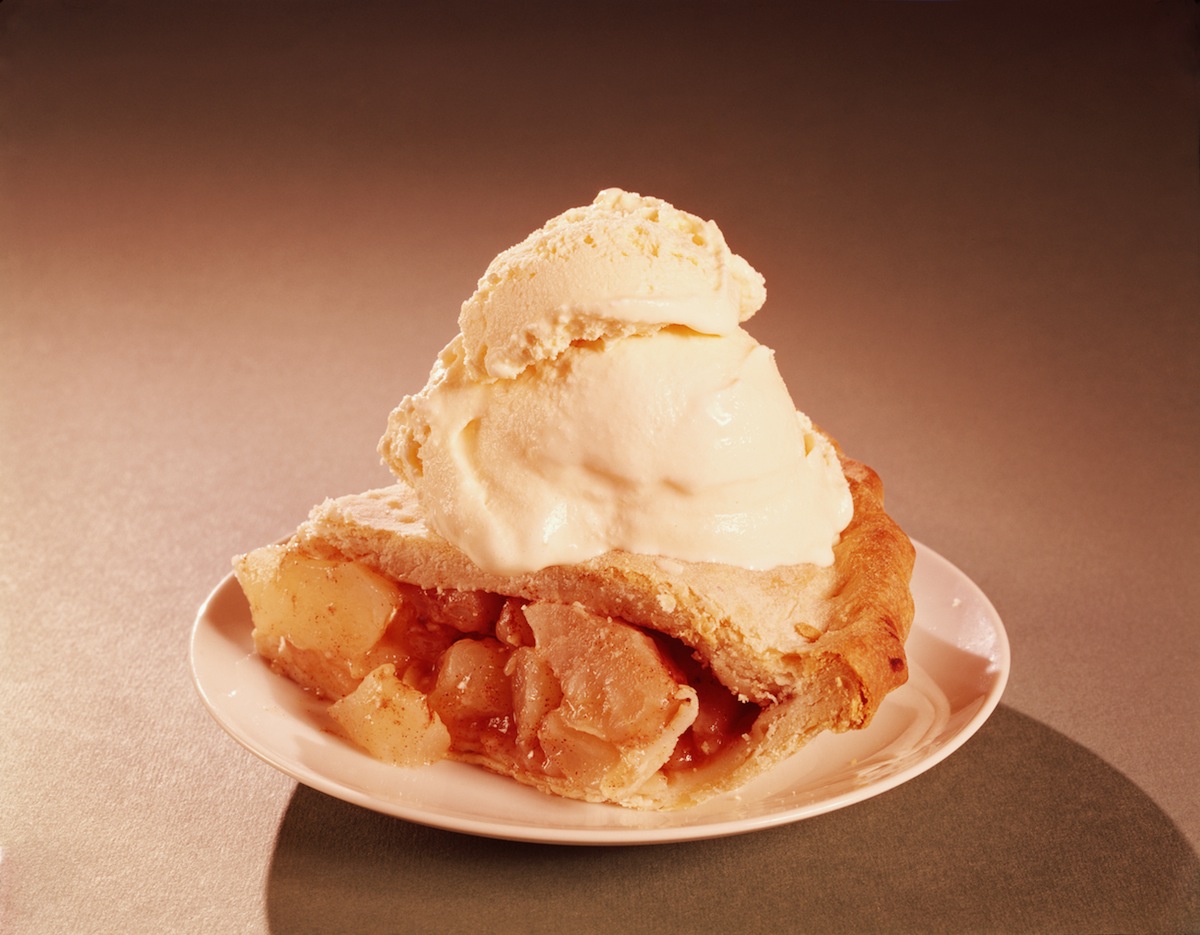
The “pye”—as it used to be spelled—is a venerable dish, which can be traced all the way back to ancient Greece and Rome. But those pastry-based dishes weren’t the desserts we tend to think of today. Instead, they were overwhelmingly savory dishes. And for good reason: the crusts could help the contents of the pie (meat, typically) last a little longer than they would otherwise.
Even apple pies didn’t used to look the way they do now:
There are few things as American as apple pie, as the saying goes, but like much of America’s pie tradition, the original apple pie recipes came from England. These pre-Revolutionary prototypes were made with unsweetened apples and encased in an inedible shell. Yet the apple pie did develop a following, and was first referenced in the year 1589, in Menaphon by poet R. Greene: “Thy breath is like the steeme of apple pies.”
Read the full story here: A Brief History of Pie
Eggnog

Eggnog is centuries old, it turns out:
While culinary historians debate its exact lineage, most agree eggnog originated from the early medieval Britain “posset,” a hot, milky, ale-like drink. By the 13th century, monks were known to drink a posset with eggs and figs. Milk, eggs, and sherry were foods of the wealthy, so eggnog was often used in toasts to prosperity and good health.
But it wasn’t always associated with the end-of-year holiday season. That happened when the drink came to the Americas; even George Washington had his own signature recipe for eggnog, which by his time had begun to be made with rum.
Read the full story here: A Brief History of Eggnog
Waffles
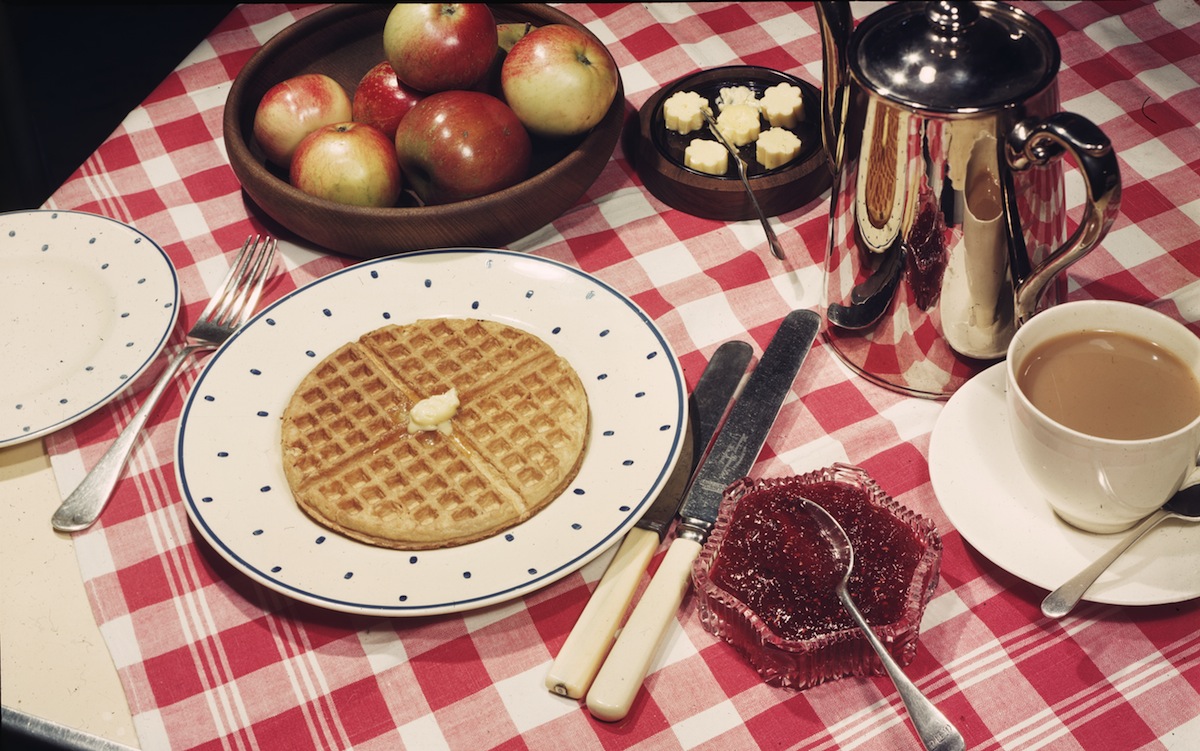
This peculiarly patterned breakfast staple has a surprisingly long and illustrious history. The ancient Greeks used a tool kind of like a waffle iron to make cakes, and the treat came to the New World with some of its earliest European settlers:
Waffles arrived in the U.S. with the Pilgrims, who sampled them in Holland en route to Massachusetts. Thomas Jefferson reportedly brought a waffle iron home from France around 1789, helping spark a fad for waffle parties in the States.
But it wasn’t until the 1930s that a California family combined instant waffle mix, electricity and ingenuity to come up with a way to mass-produce waffles. The eventual result, if you haven’t already guessed, was Eggos.
Read the full story here: A Brief History of Waffles
Peanut Butter
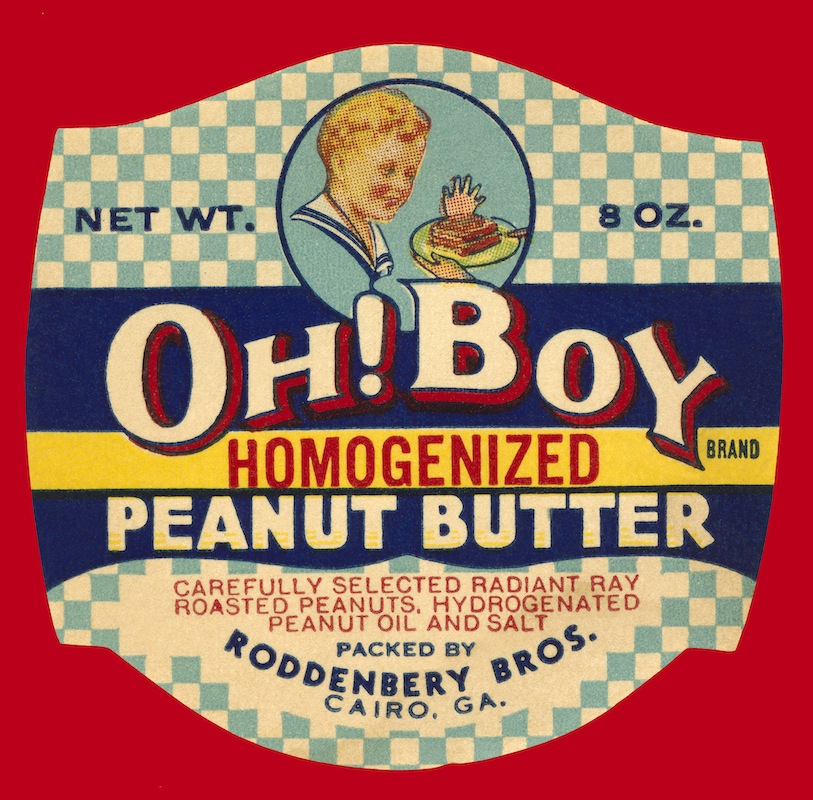
Peanut butter’s origins are a bit mysterious. Contrary to the popular myth that George Washington Carter came up with the idea, there’s evidence that some version of peanut butter was being made at least a couple decades before he published his 1916 text How to Grow the Peanut and 105 Ways of Preparing it For Human Consumption:
Peanut butter’s true inventor is unknown, but Dr. John Harvey Kellogg has as good a claim to the title as anyone. In 1895, the cereal pioneer patented a process for turning raw peanuts into a butter-like vegetarian health food that he fed to clients at his Battle Creek, Mich., sanatorium. The taste caught on, and in a few years, the spread had gone mainstream.
Read the full story here: A Brief History of Peanut Butter
Buffalo Wings
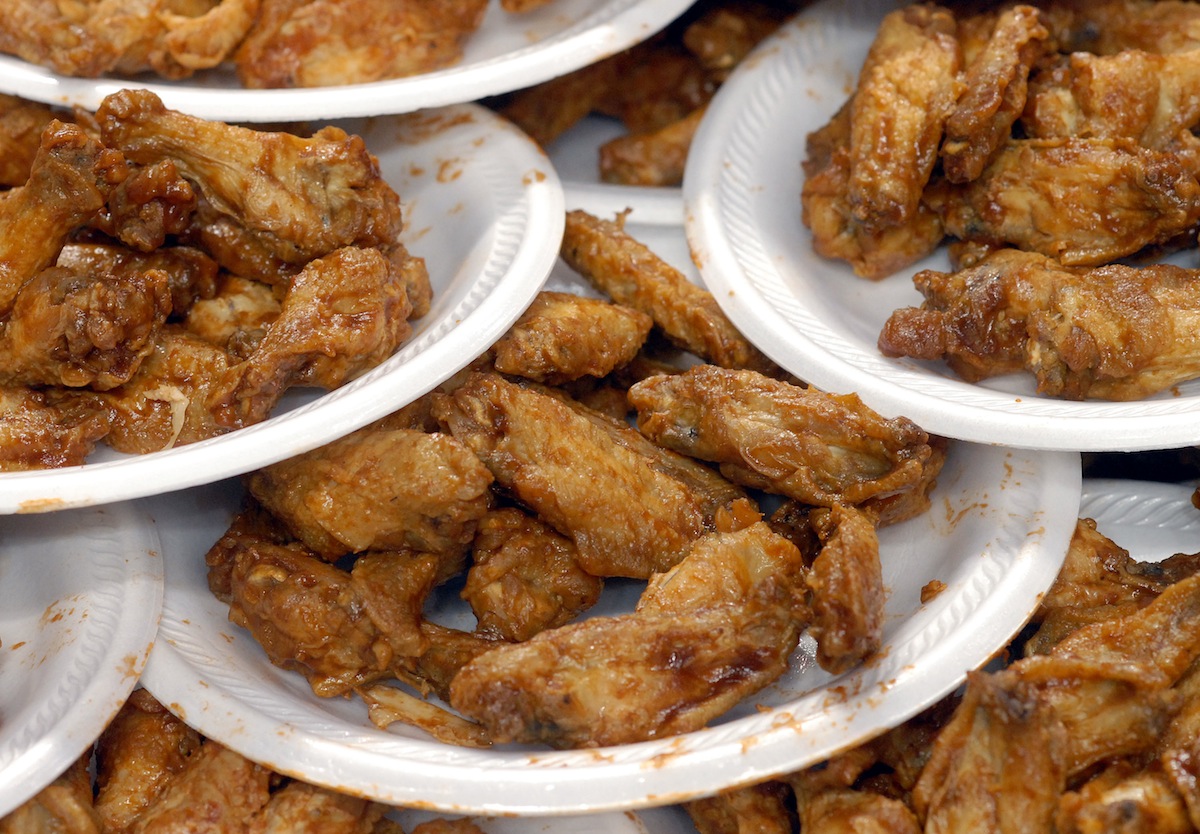
Unlike peanut butter, Buffalo wings have a an easily identified origin: Buffalo, N.Y. But what exactly happened to spark its birth is a little blurrier:
There are at least two different versions of the Buffalo wing’s origin, although they contain the same basic facts. The first plate of wings was served in 1964 at a family-owned establishment in Buffalo called the Anchor Bar. The wings were the brainchild of Teressa Bellissimo, who covered them in her own special sauce and served them with a side of blue cheese and celery because that’s what she had available. Except for the occasional naysayer who claims to be the true inventor, these facts are reasonably undisputed. The rest of the story is anybody’s guess.
In one version of the story, the dish was invented merely to get rid of a surplus of chicken wings; in another version, Bellissimo’s son specifically asked for wings.
Read the full story here: A Brief History of Buffalo Wings
Maple Syrup
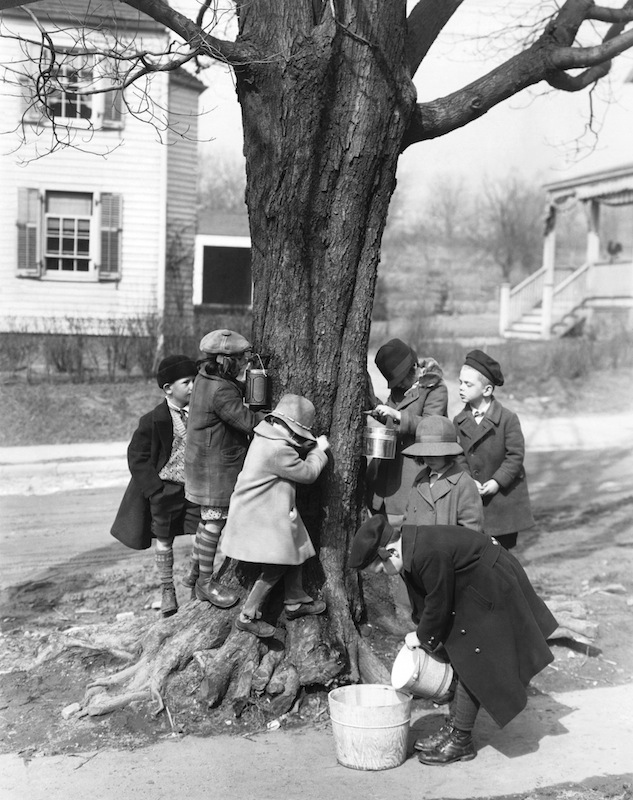
The American maple-syrup industry can be traced back to the 17th century, when farmers began to tap the trees on their properties for a sweetener that was, at the time, cheaper than sugar:
Early settlers in the U.S. Northeast and Canada learned about sugar maples from Native Americans. Various legends exist to explain the initial discovery. One is that the chief of a tribe threw a tomahawk at a tree, sap ran out and his wife boiled venison in the liquid. Another version holds that Native Americans stumbled on sap running from a broken maple branch.
The old system of making maple syrup—leaving buckets under taps, collecting sap, hauling the buckets to the sugar house to be heated—was eventually widely replaced by a method that used tubes and vacuums rather than buckets and gravity.
Read the full story here: A Brief History of Maple Syrup
Salt
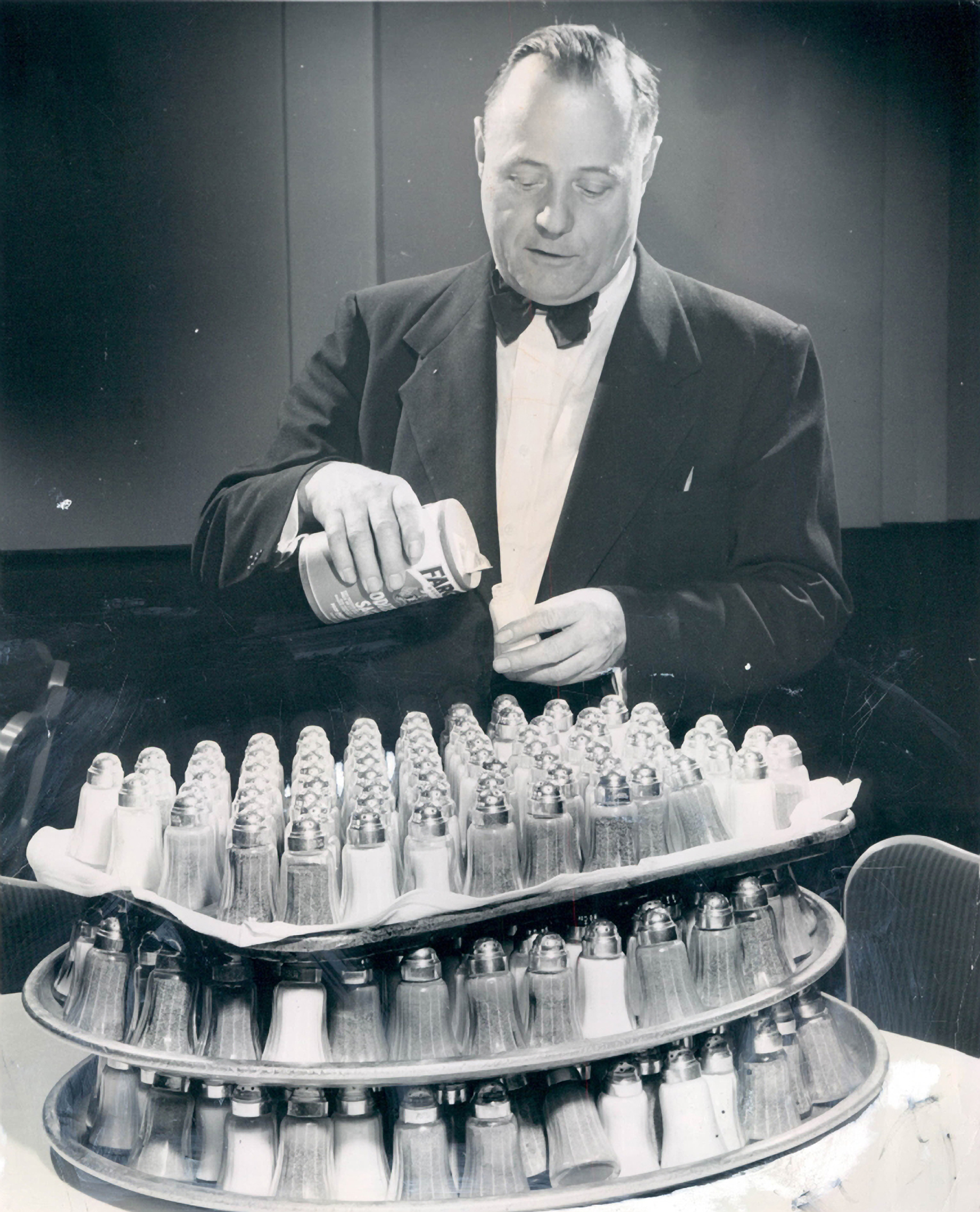
Salt isn’t technically a food in itself, but it makes so many foods taste so much better that we couldn’t leave it off the list. Plus, its history is one of the longest, most interesting food stories out there, dating all the way back to the days when, as TIME put it in 1982, “animals wore paths to salt licks [and] men followed.” Salt was, eventually, one of the pillars of civilization:
Not only did salt serve to flavor and preserve food, it made a good antiseptic, which is why the Roman word for these salubrious crystals (sal) is a first cousin to Salus, the goddess of health. Of all the roads that led to Rome, one of the busiest was the Via Salaria, the salt route, over which Roman soldiers marched and merchants drove oxcarts full of the precious crystals up the Tiber from the salt pans at Ostia. A soldier’s pay—consisting in part of salt—came to be known as solarium argentum, from which we derive the word salary. A soldier’s salary was cut if he “was not worth his salt,” a phrase that came into being because the Greeks and Romans often bought slaves with salt.
Read the full story here: A Brief History of Salt
Barbecue
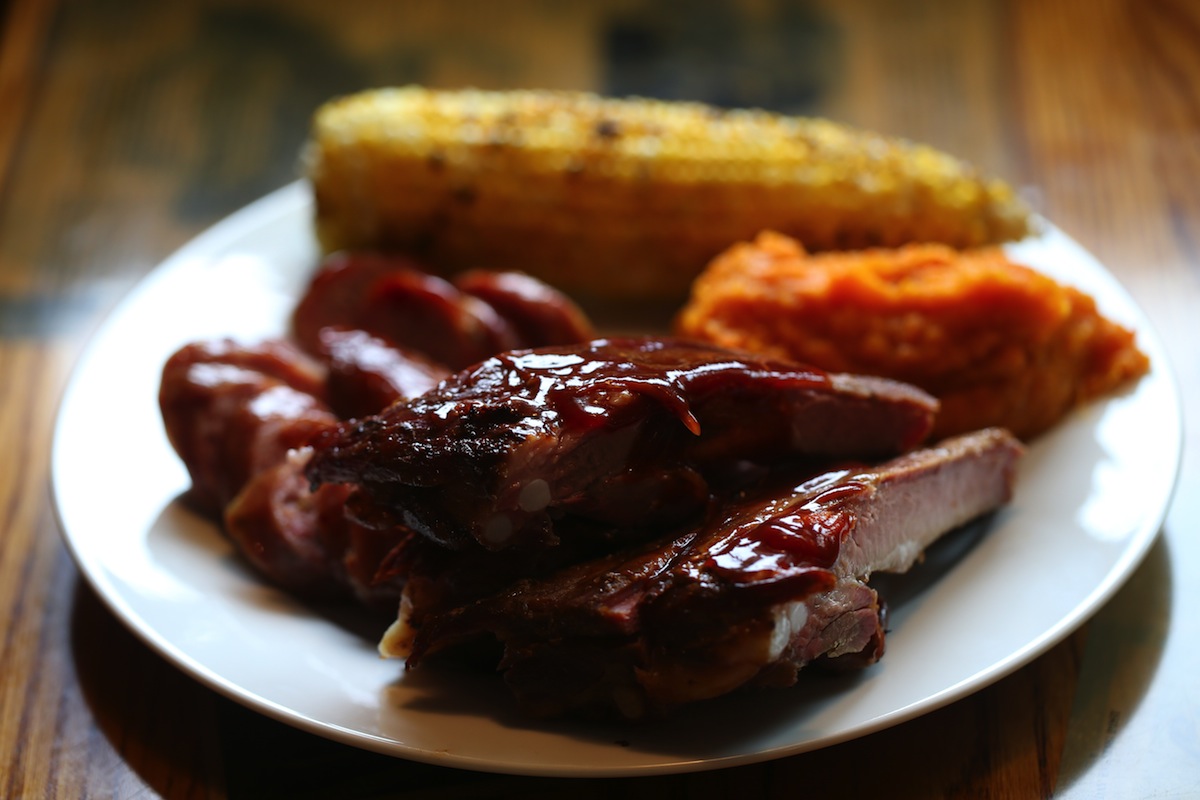
Though the word “barbecue” is misapplied to all manner of grilled meats, it actually refers to a specific process (indirect heat, slow cooking) and comes from a specific tradition:
No one is really sure where the term barbecue originated. The conventional wisdom is that the Spanish, upon landing in the Caribbean, used the word barbacoa to refer to the natives’ method of slow-cooking meat over a wooden platform. By the 19th century, the culinary technique was well established in the American South, and because pigs were prevalent in the region, pork became the primary meat at barbecues.
Eventually, barbecue separated into several regional styles with their own preferences for meats and flavors.
Read the full story here: A Brief History of Barbecue
Leftovers
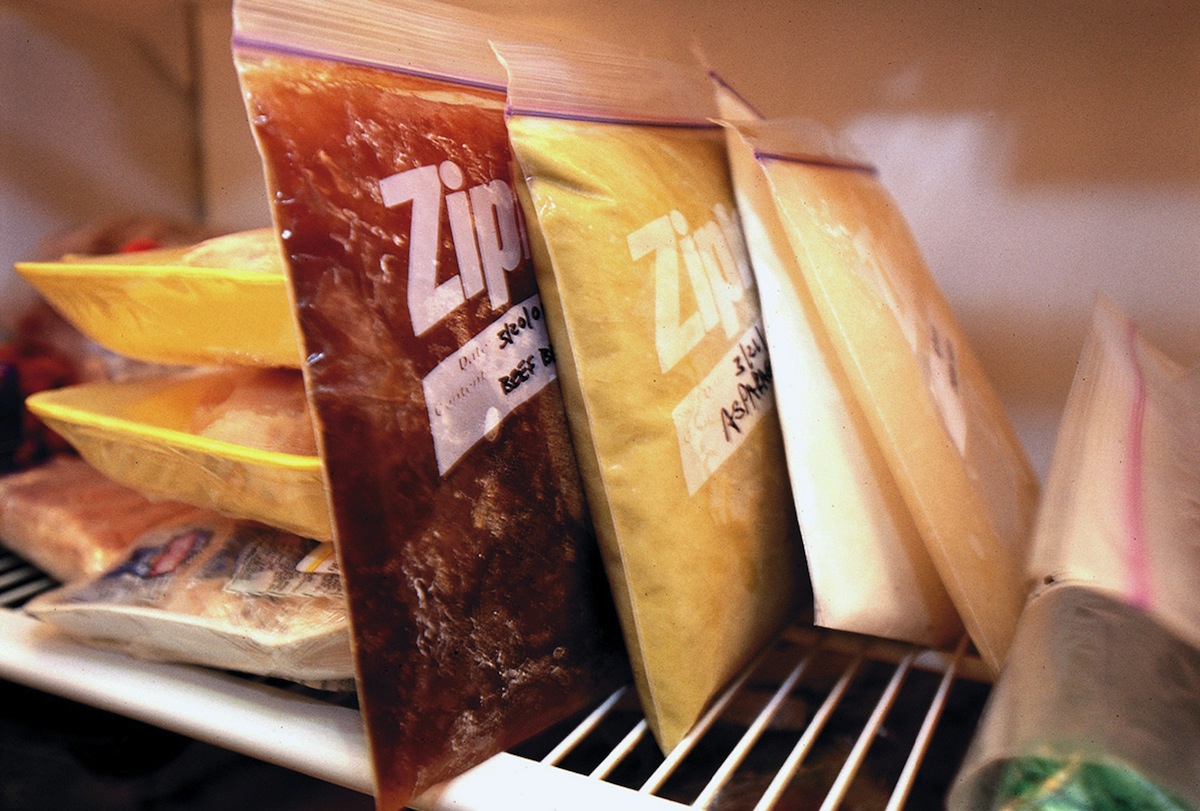
So, you run out and make or buy all these foods, now that they’re on your mind, but there’s no way you can eat them all right away. Which brings us to leftovers. It’s not as if someone had to “invent” the idea of saving what remains at the end of a meal—after all, in the pre-modern feast-and-famine cycle, saving the fruit of the harvest was a matter of life and death. But that doesn’t mean that the look of leftovers hasn’t changed over the years. Thanks, largely, to refrigeration:
According to Dupont, which later invented the coolant Freon, ice was harvested where it formed naturally — including from New York City’s rivers — and shipped to the South, all in the name of food storage. In the 1840s, a Florida physician named John Gorrie, trying to cool the rooms where patients were suffering from yellow fever, figured out how to make ice using mechanical refrigeration, paving the way for household refrigerators that appeared in American homes en masse in the 1920s and 1930s. It wasn’t a moment too soon. As families struggled to feed their children during the Great Depression, it was unthinkable to throw away leftovers.
Read the full story here: A Brief History of Leftovers

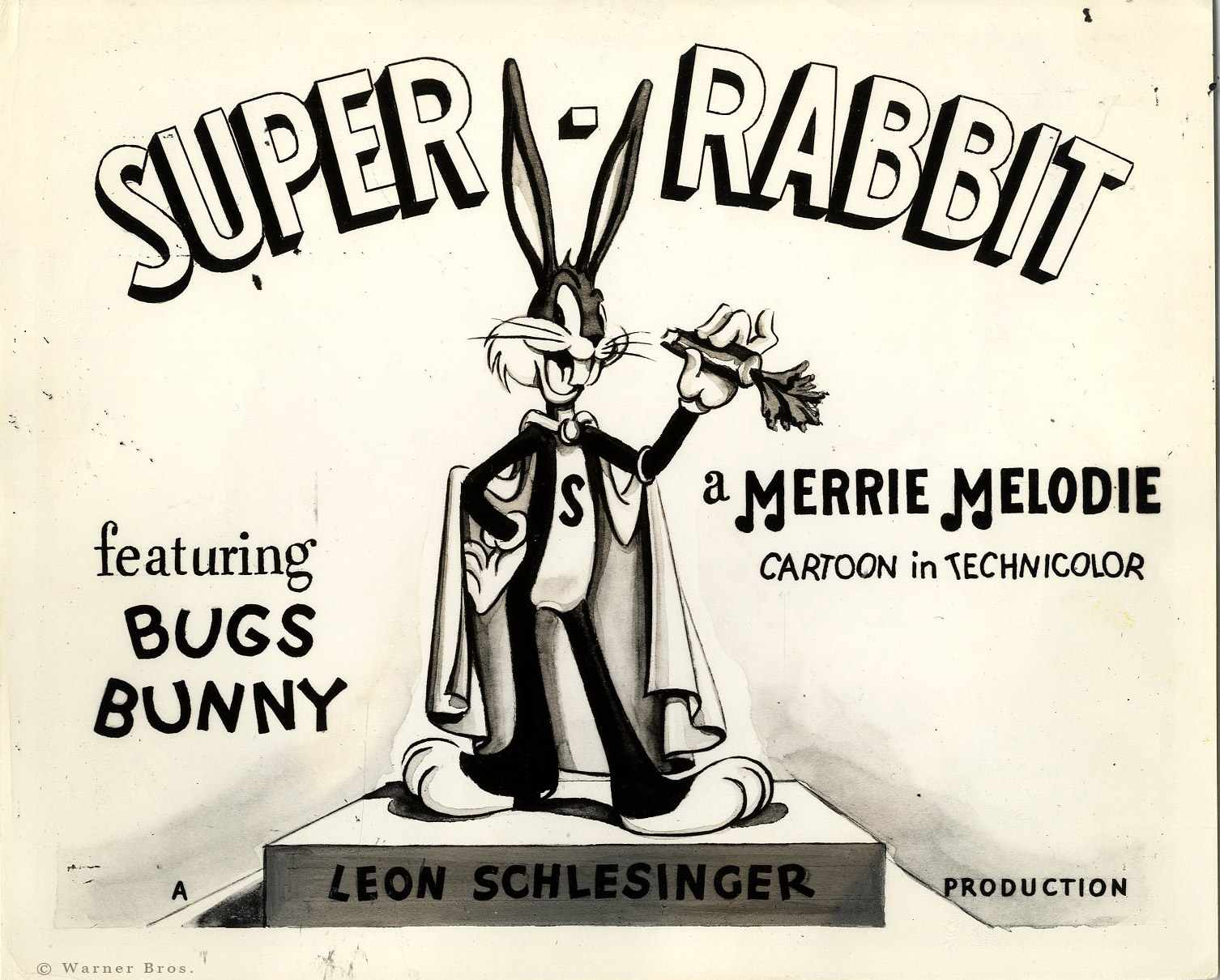

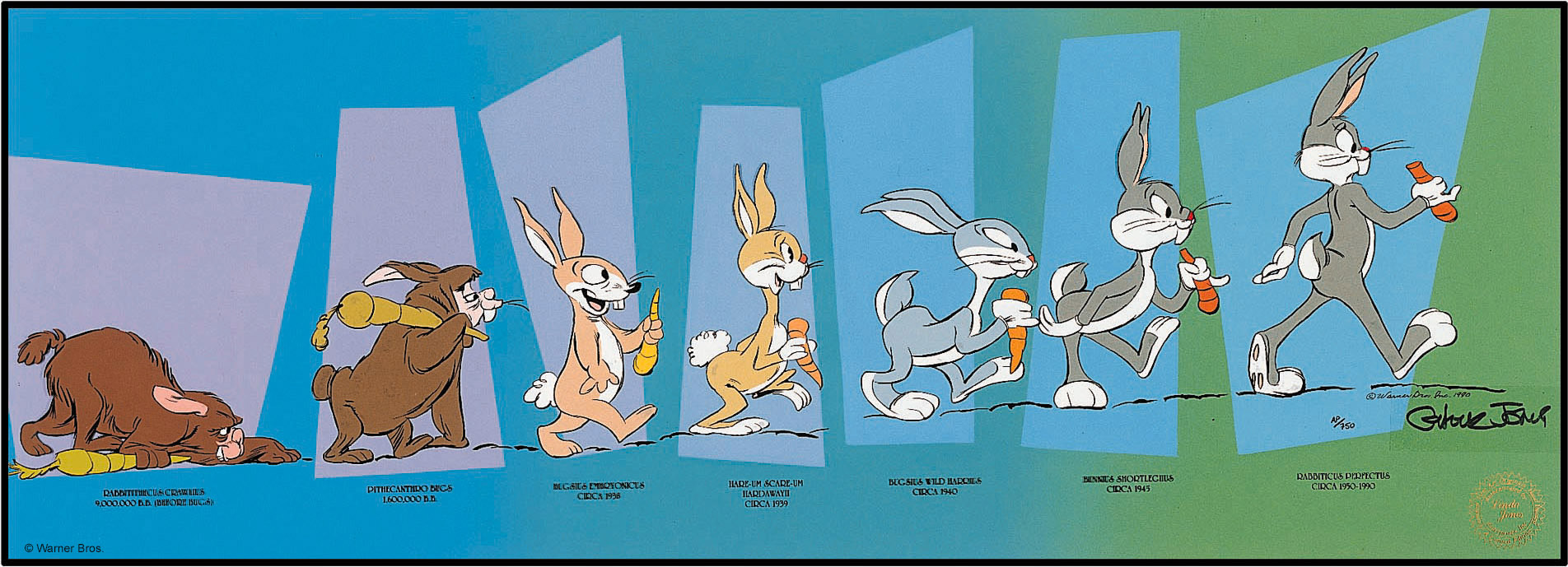
More Must-Reads From TIME
- The 100 Most Influential People of 2024
- Coco Gauff Is Playing for Herself Now
- Scenes From Pro-Palestinian Encampments Across U.S. Universities
- 6 Compliments That Land Every Time
- If You're Dating Right Now , You're Brave: Column
- The AI That Could Heal a Divided Internet
- Fallout Is a Brilliant Model for the Future of Video Game Adaptations
- Want Weekly Recs on What to Watch, Read, and More? Sign Up for Worth Your Time
Write to Lily Rothman at lily.rothman@time.com